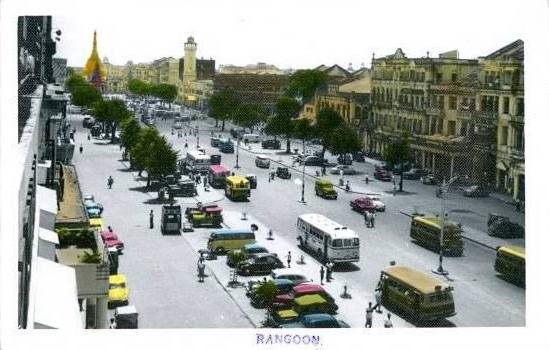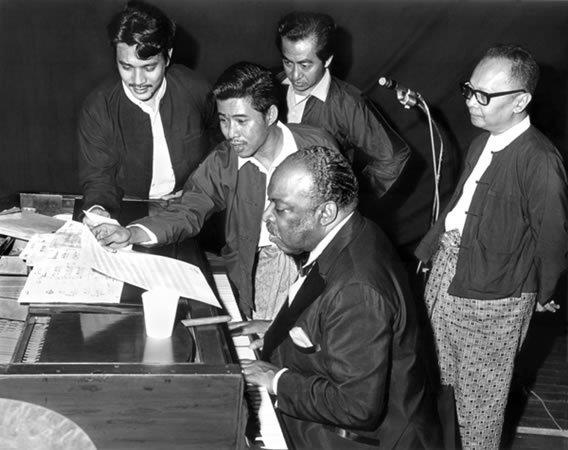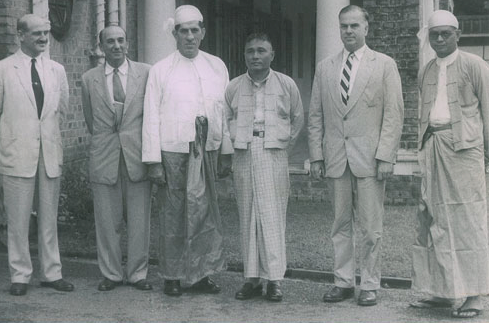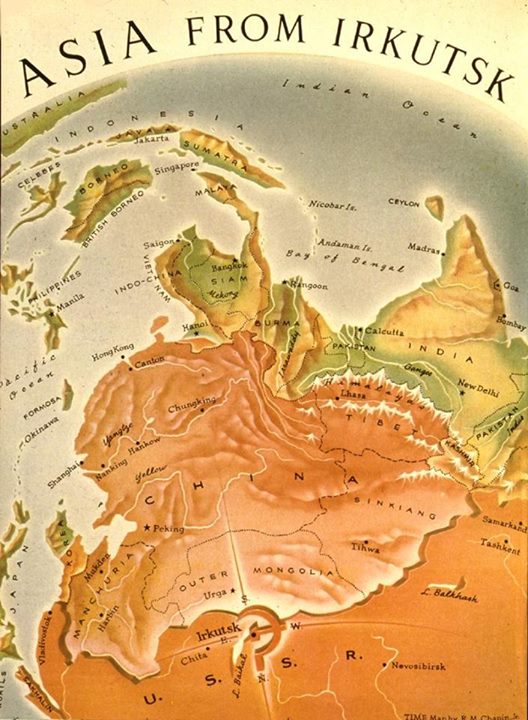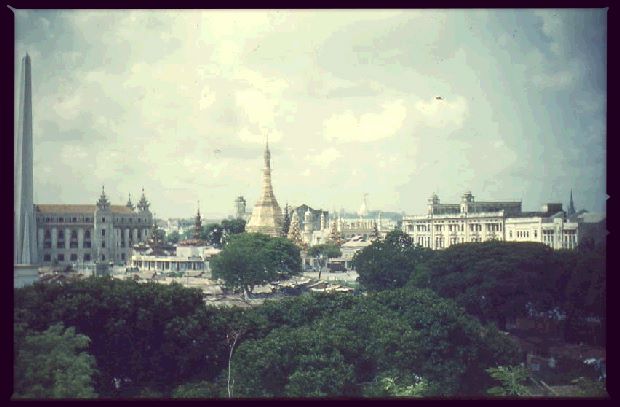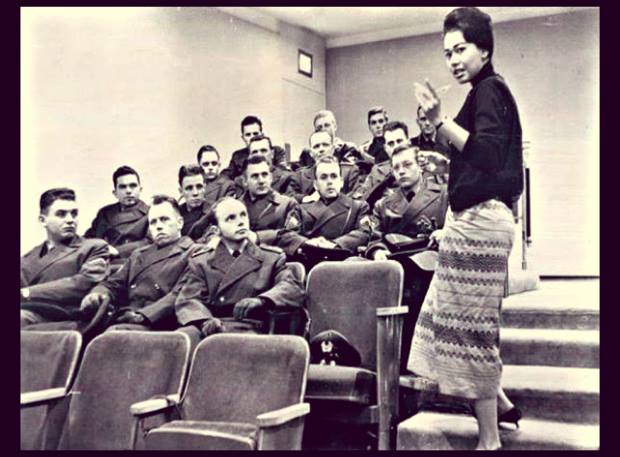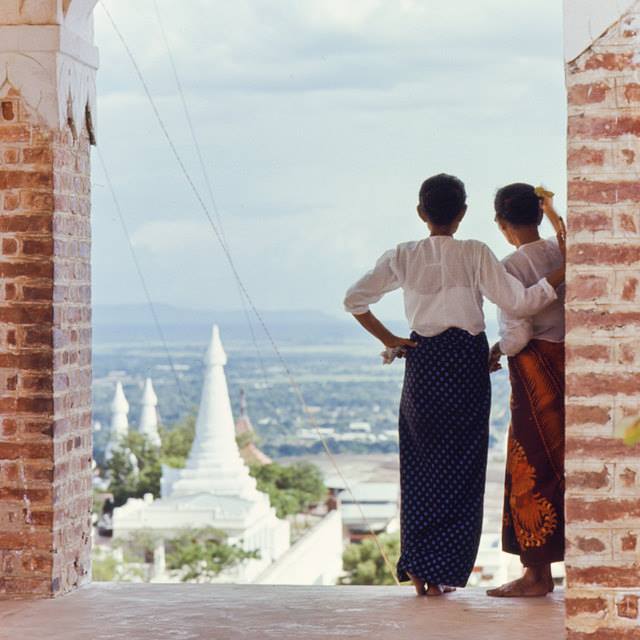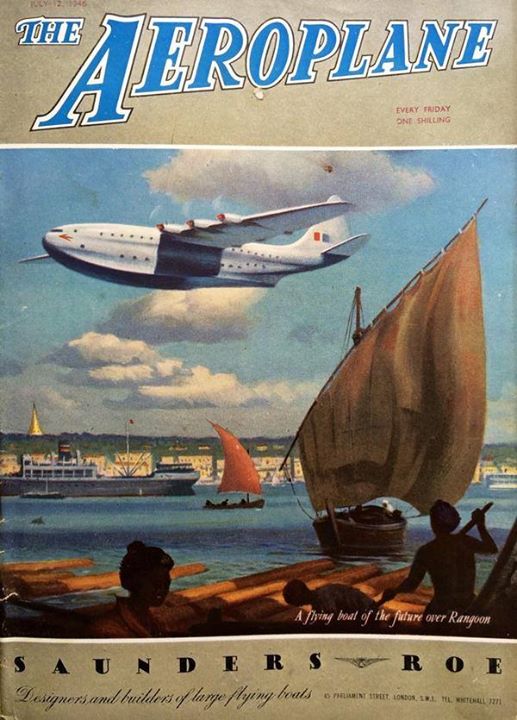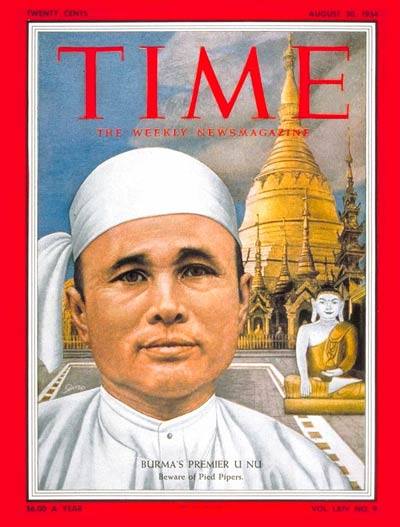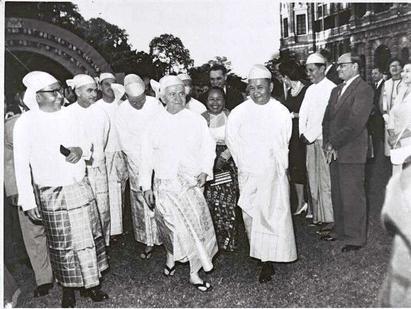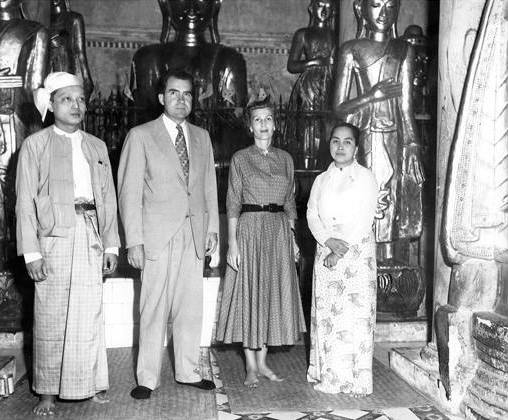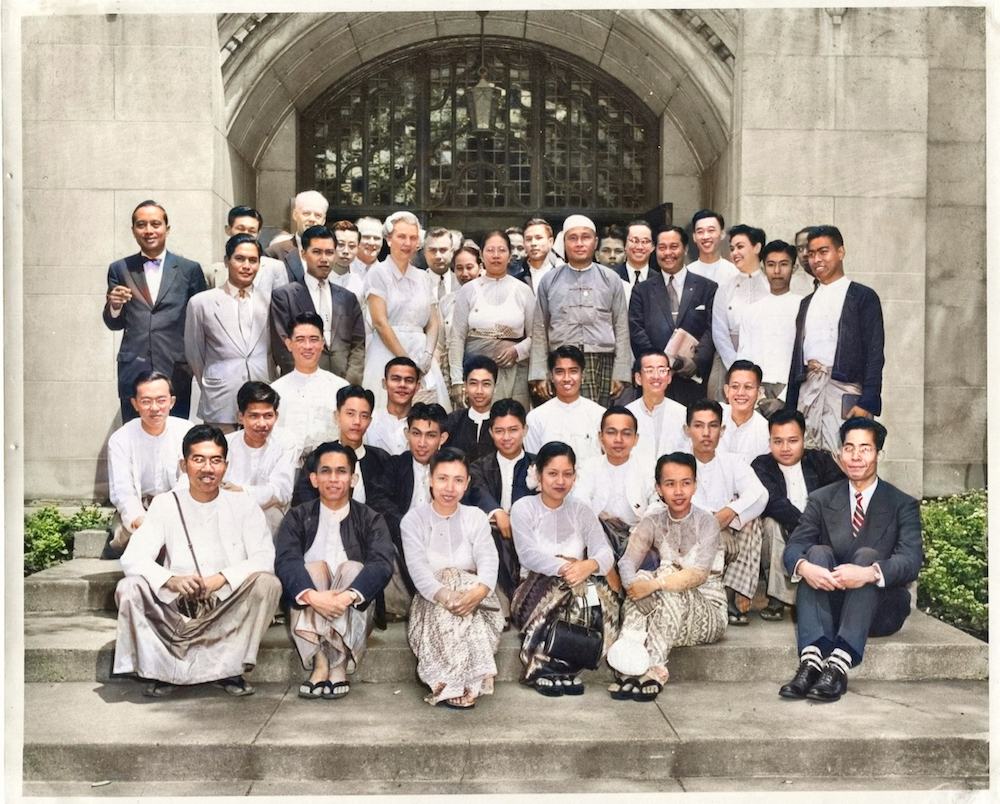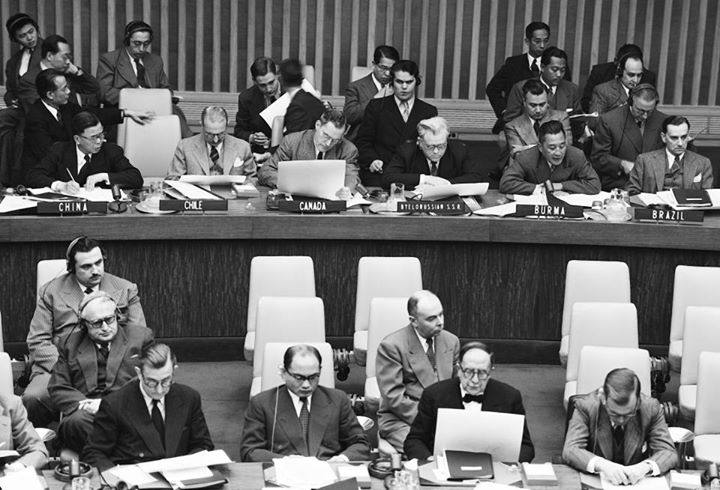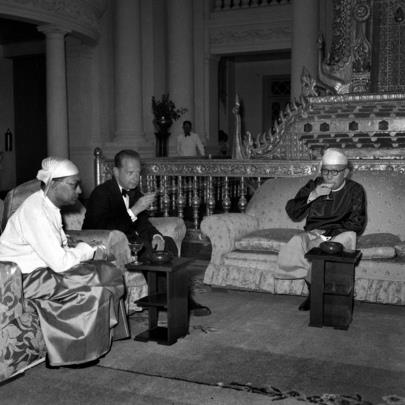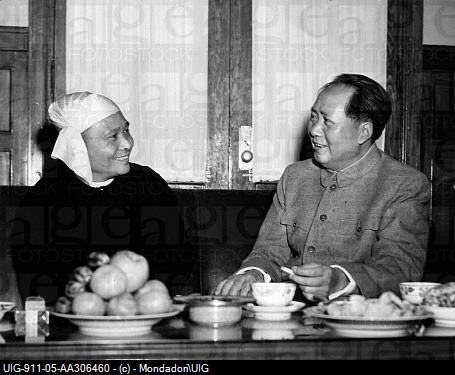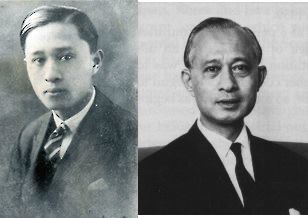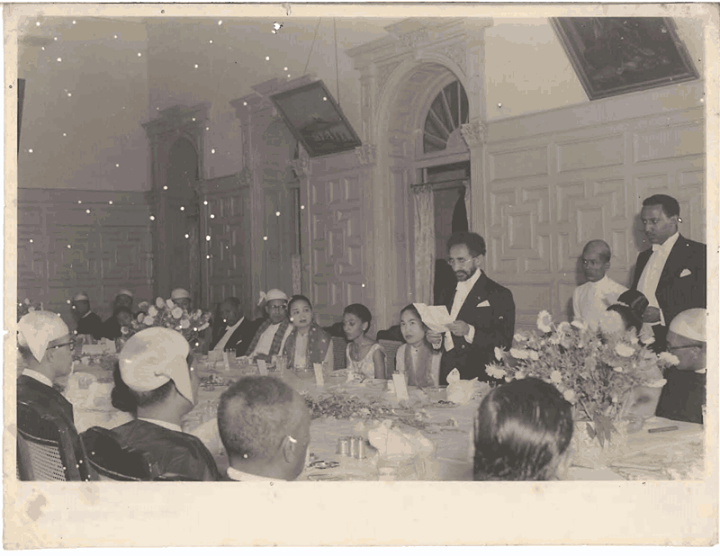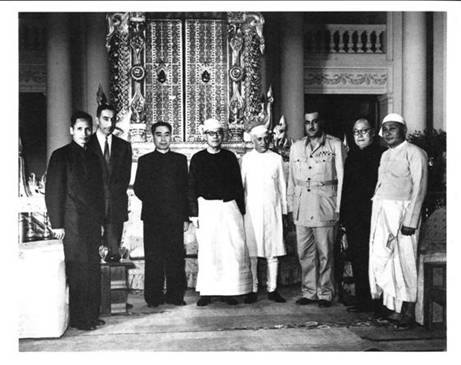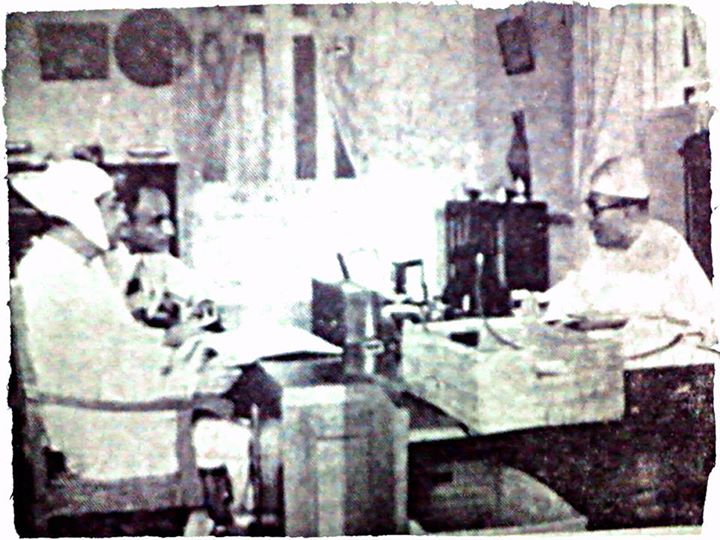The 1950s at Home and Abroad
In the 1950s, Burma was still suffering the devastating impacts of World War Two, with a destroyed infrastructure and hard-to-revive- economy. Additionally, the country was having to deal with its own political precarity and a civil war that had begun within months of becoming independent from Britain. Uncertainty also prevailed beyond Burma's borders: there was the recent revolution in neighbouring China and the onset of the Cold War globally.
Despite all this, the 1950s was a time of hope. For a short while, Burma would have a fairly democratic government, open society, and free media. Burmese leaders also had a vision for the country's place in the world and worked hard to establish its new identity outside the Commonwealth. This section examines how new independent Burma was impacted by events both at home and abroad.
Historic Events
Landmark Visit to Burma of David Ben-Gurion, Founder and First Prime Minister of Israel
On 5 December 1961, the founder and first Prime Minister of Israel, David Ben-Gurion made a landmark visit to Burma. Few remember that Burma in the 1950s and early 60s had particularly close relations - including military relations - with Israel. Both countries had achieved independence from the British Empire at the same time, both found themselves immediately at war, and both were governed (initially) by elected socialist governments. Indeed, Burma was the first country in Asia to recognize the...
Read MoreRichard Nixon's Visit to Myanmar in 1953
Vice-President of the United States Richard Nixon visited Myanmar in 1953. Nixon happened to visit on Thanksgiving Day and his Burmese hosts managed to rustle up a turkey for lunch. The US newspapers at the time reported on his confrontation with left-wing and anti-American demonstrators at Pegu. A very witty Burmese communist held a sign that reads: “Pax Vobiscum [Peace be With You] Scant regard for homo sapiens of the East begets doubts about your move for peace. Rest assured,...
Read MorePrime Minister U Nu’s visit to the United States
Prime Minister U Nu made an official visit to the United States and spent more than three weeks there, from 24 June to 16 July 1955. The tour included Washington D.C., New York, Ann Arbor (Michigan University), Knoxville (Tennessee), San Francisco, Los Angeles, and the Grand Canyon (Arizona). He was accompanied by his wife, Daw Mya Yi, U Thant (then Secretary, Prime Minister's Office), and Colonel Lwin (later head of Military Intelligence) as well as Burma's Ambassador to the US...
Read MoreU Myint Thein’s stellar performance at the United Nations
On 14 April 1953 at the United Nations, Justice U Myint Thein brilliantly laid out the Burmese government's charge against Kuomintang aggression. Over the past several years, more than 10,000 Nationalist troops under KMT General Li Mi had crossed into Burma. With active US intelligence support ("Operation Paper"), they were pushing west across the Salween River and threatening all the Shan states. The KMT was also building up a massive trade in opium. The Burma Army, then facing communist and...
Read MoreDag Hammarskjold’s Visit to Rangoon
On 6 February 1956 Dag Hammarskjold, the second Secretary-General of the United Nations, visited Rangoon. Dag Hammarskjold was arguably the UN's best chief ever, providing tremendous intellectual leadership, courage, and managerial talent. His top aides were the greatest international civil servants in history - Dr. Ralph Bunche and Sir Brian Urquhart. Hammarskjold was on a round-the-world tour and later wrote that he came home with two unexpected "favourite countries" - Burma and New Zealand. He also wrote: "I remember the...
Read MoreU Nu’s visit to China in 1954
Despite the many ups and downs of Sino-Myanmar relations in modern times (including Beijing-backed the communist invasion of 1967), all Myanmar leaders since independence have made several visits to the country's giant eastern neighbour. This photograph shows U Nu with Mao Zedong during U Nu's first trip to China in December 1954. The Prime Minister's party included U Thant, Colonel Aung Kyi, U Myint Thein, and U Win Pe. Chairman Mao was likely surprised by U Nu's frankness on many...
Read MoreMyanmar's distinguished civil servant: U Nyun
U Nyun (pictured here) was one of Myanmar's most distinguished public servants. He was born on 20 January 1910 and was educated at Rangoon, Oxford and London Universities. He served in the Indian Civil Service (ICS) and then as a senior civil servant in the government of independent Burma, before joining the United Nations in 1953. From 1959-1973 he was the Executive Secretary of UN ECAFE (now ESCAP), working directly under Secretaries-General Dag Hammarskjold and U Thant. U Nyun was...
Read MoreEthiopia Emperor in Rangoon
The Emperor Haile Selassie I (Conquering Lion of Judah,k descendant of King Solomon and the Queen of Sheba, Elect of God) reigned Ethiopia from 1930-1974 and was revered by many Rastafarians as the Messiah. He is perhaps best known around the world for leading Ethiopia's resistance to the Italian invasion of 1935-36 and his impassioned appeal to the League of Nations. Few in Myanmar today would remember anything of the Emperor's historic visit over November-December 1956, though he was the...
Read MoreOn the Way to the 1955 Bandung Conference
The April 1955 Bandung meetings were a testament to Burma's then dynamic international diplomacy. They were also a testament to Mingaladon airport's position as an international aviation hub - everyone had to stop in Rangoon anyway to travel to Indonesia. Many of the leaders attending Bandung stopped in Rangoon and were treated to dinner at Government House by President Dr Ba U. The Bandung Conference was a meeting of 29 Asian and African nations held in Bandung, Indonesia. Its aim...
Read MoreCensus of 1953-55
The Government of Burma held a national census over several stages between 1953 and 1955 that was the first post-independence census. It managed to cover the country's urban populations but was able to reach only 15 percent of the rural population and was abandoned in 1955 due to security issues and ongoing conflict. The aborted census covered around 5.6 million people, out of an estimated total of 19 million. The Census Commissioner was ICS U Kyaw Khine. He was assisted...
Read More